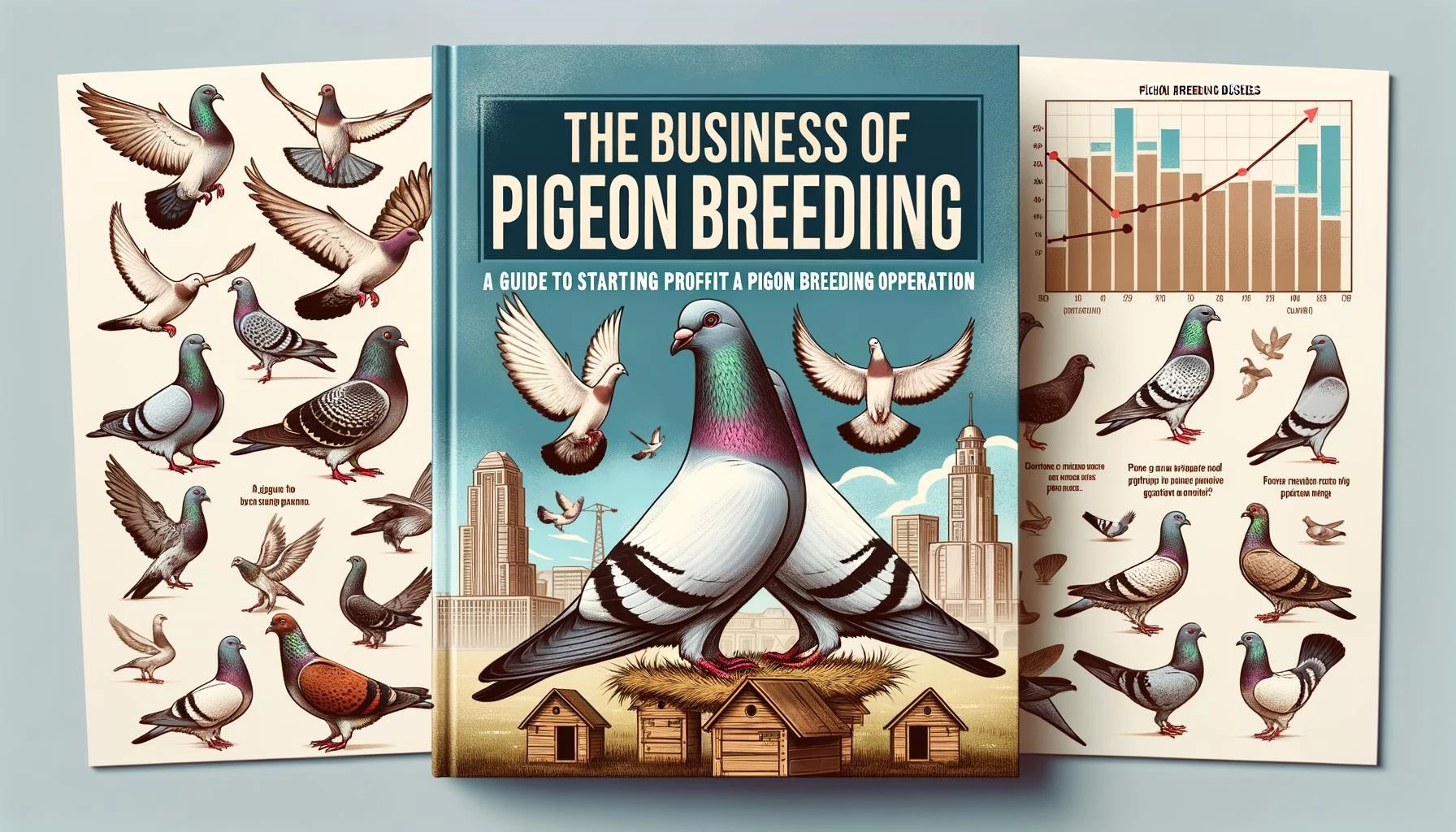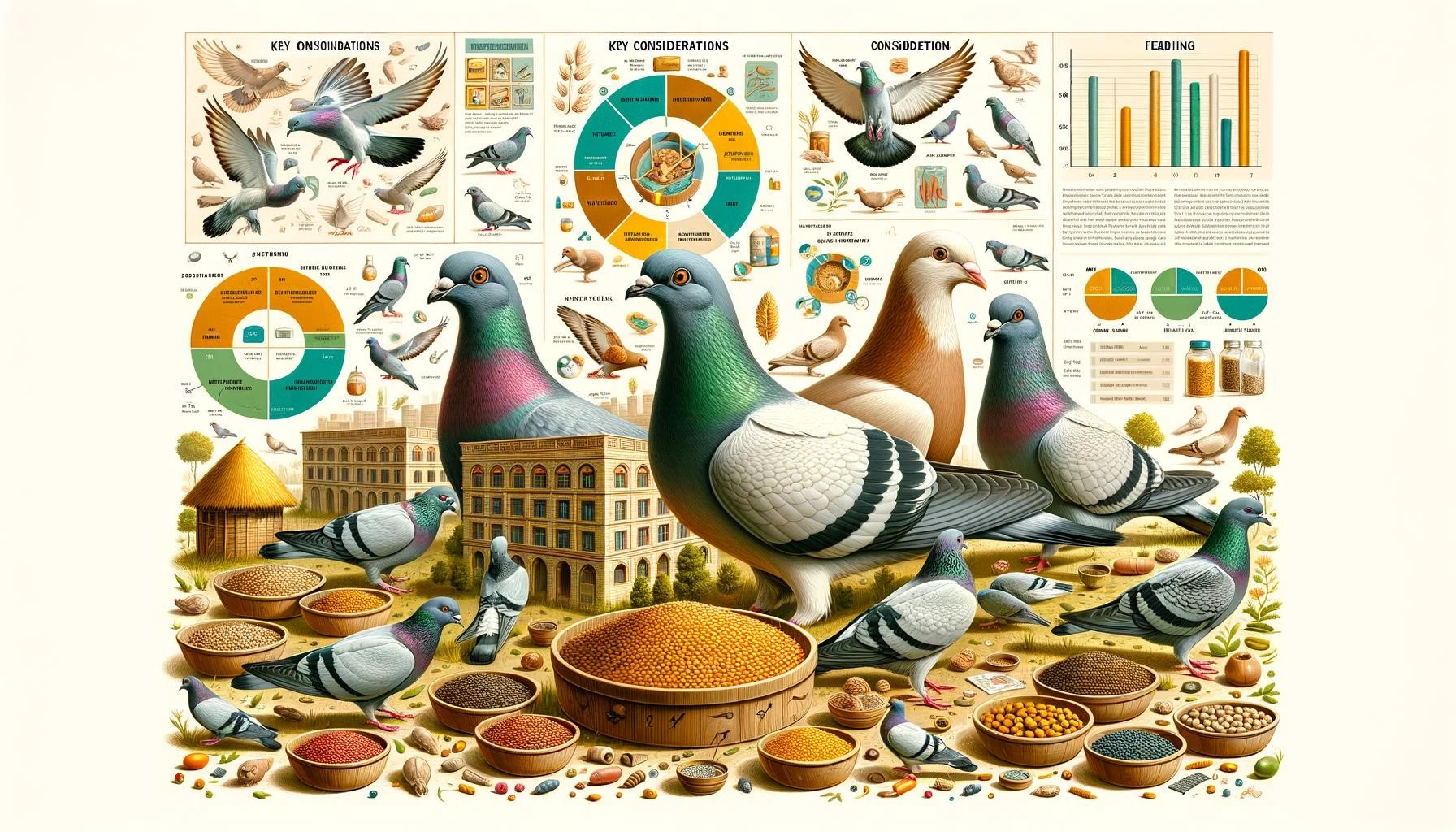Pigeons are remarkably successful birds that can be found nesting in various urban environments. The feral pigeon, also known as the city pigeon or rock dove (Columba livia domestica), has become one of the most common urban bird species worldwide. Their ability to breed and thrive in urban areas is attributed to their adaptable nesting behaviors and reproductive strategies.
Key Takeaways
- Urban pigeons are highly adaptable and have become one of the most abundant urban bird species worldwide.
- Urban environments offer a wide array of nesting opportunities for pigeons, leading to year-round nesting and breeding.
- Pigeons display unique breeding strategies, including laying small clutches of one to two eggs and breeding year-round.
- The adaptability, quick reproduction, and nest construction abilities of pigeons contribute to their resilience in urban ecosystems.
Adaptability and Nesting Habits of Urban Pigeons
Pigeons in urban environments, often referred to as feral pigeons or city pigeons, have unique nesting habits compared to their rural counterparts. Urban environments, with their sheltered nooks and crannies of buildings, offer a wide array of nesting opportunities. As a result, urban pigeons frequently nest year-round due to the stable climate and consistent availability of resources.
The adaptability of pigeons is evident in their nesting choices. They can nest on ledges, rooftops, inside buildings, and even in artificial nesting structures provided by urban pest control programs. This adaptability allows them to successfully raise their young in urban areas.
Urban Pigeon Breeding Strategies
Pigeons have unique breeding strategies that contribute to their success in urban environments. They are prolific breeders, despite laying small clutches of just one or two eggs. This strategy allows them to invest more energy into the individual offspring, increasing their chances of survival in urban settings where resources may be limited.
Furthermore, pigeons can breed year-round in urban areas due to the stable climate and consistent availability of food. They are not bound to specific breeding seasons like some other bird species. This adaptability allows them to take advantage of the resources available in urban environments at any given time.
Pigeons also display adaptability in their nest construction materials. They utilize a variety of materials found in urban settings, including twigs, leaves, and even human-made materials like plastic and fabric. This adaptability in nest construction allows them to create secure and suitable nests in urban environments.
Pest Control and Management of Urban Pigeons
While urban pigeons have proven their ability to adapt and thrive in busy cities, they are often considered pests due to their potential impact on buildings and human health. Pigeon droppings can damage buildings and monuments, and their presence can be unsightly and unhygienic.
Due to concerns over pigeon populations and the associated issues, various pest control and management measures have been implemented in urban areas. These measures include the setup of public pigeon houses, which aim to limit hatching rates by removing eggs. By controlling the reproductive success of pigeons, these measures help manage their population size and minimize potential nuisances.
It is important to note that while managing pigeon populations is essential, it should be done in an ethical and humane manner. Efforts should focus on effective population control methods while minimizing harm to the birds.
In conclusion
The breeding success of pigeons in urban ecosystems can be attributed to their adaptable nesting behaviors and unique breeding strategies. Their ability to nest in various urban settings, reproduce quickly, utilize diverse nesting materials, and construct nests that are well-suited to urban environments all contribute to their resilience in urban ecosystems.
However, managing pigeon populations and minimizing potential nuisances they may cause is also crucial. Implementing ethically sound pest control and management measures can help maintain a balance between urban environments and pigeon populations.









